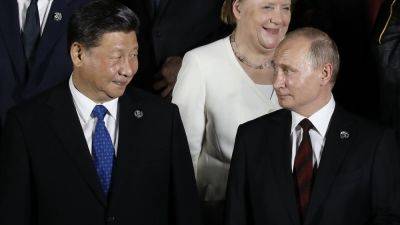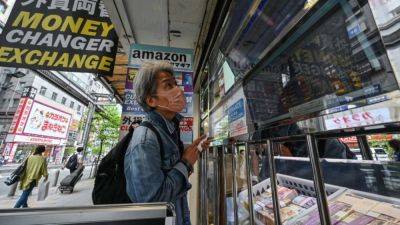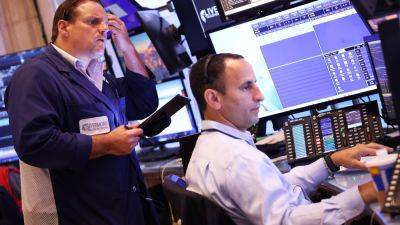Everyone is talking about the Sahm recession indicator. Here’s what you need to know
Global stock markets are in the grip of a deepening rout, prompting investors to turn to one of the most historically accurate indicators to determine whether the U.S. economy is in recession.
The so-called "Sahm rule" has observed without fail that the initial phase of a recession has started when the three-month moving average of the U.S. unemployment rate is at least a half a percentage point higher than the 12-month low.
The time-tested indicator, which is widely recognized for its simplicity and ability to quickly reflect the onset of a recession, was named after economist Claudia Sahm when it was first introduced as part of a policy proposal in 2019.
A weaker-than-expected July jobs report on Friday officially triggered the Sahm rule. The data led investors to worry that the Federal Reserve may be behind the curve in cutting interest rates to fend off a recession.
The rule's inventor, however, is not convinced.
"We are not in a recession now — contrary the historical signal from the Sahm rule — but the momentum is in that direction," Sahm told CNBC by email on Friday. "A recession is not inevitable and there is substantial scope to reduce interest rates."
Sahm previous worked at the U.S. Federal Reserve and is now a chief economist at New Century Advisors.
Expanding on her view, Sahm cited U.S. consumer spending, production data and household income as reasons to be cautious about the inevitability of a recession.
"We are in a place where things have slowed. So, we're not in contraction territory. That frankly is not good enough, we can do better than avoiding a recession," Sahm told CNBC's "The Exchange."
"What is very worrisome and today's employment report underscored, is the direction of travel, the momentum is not







